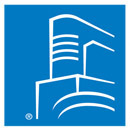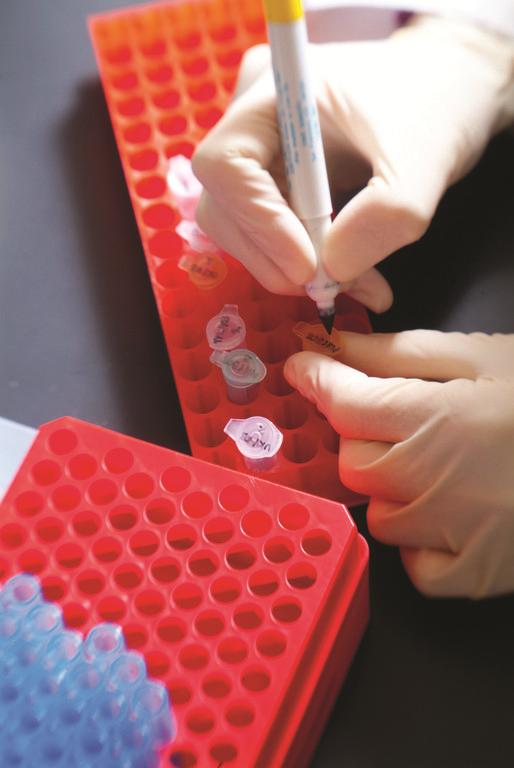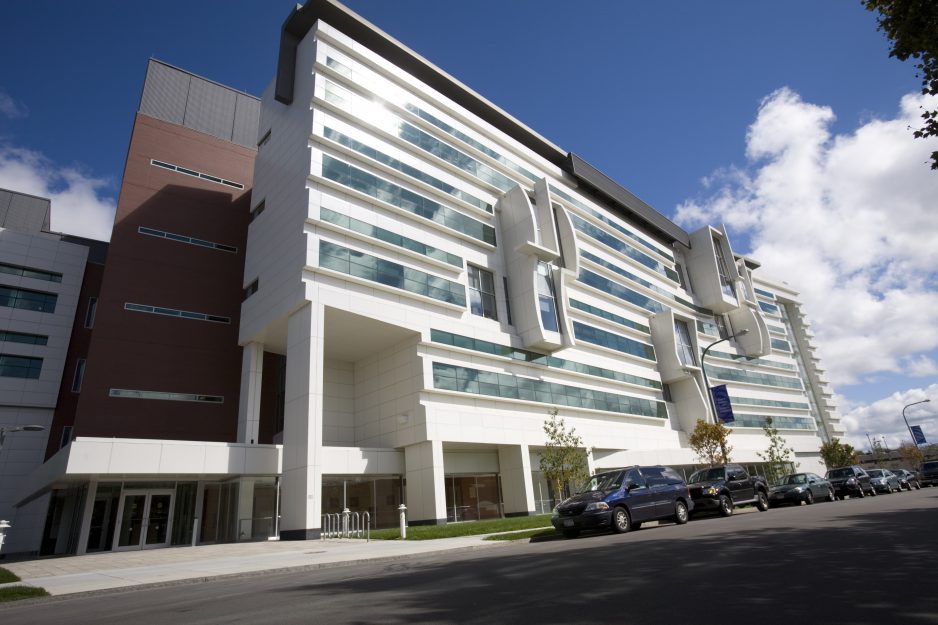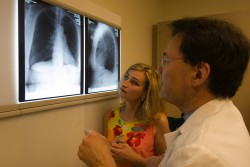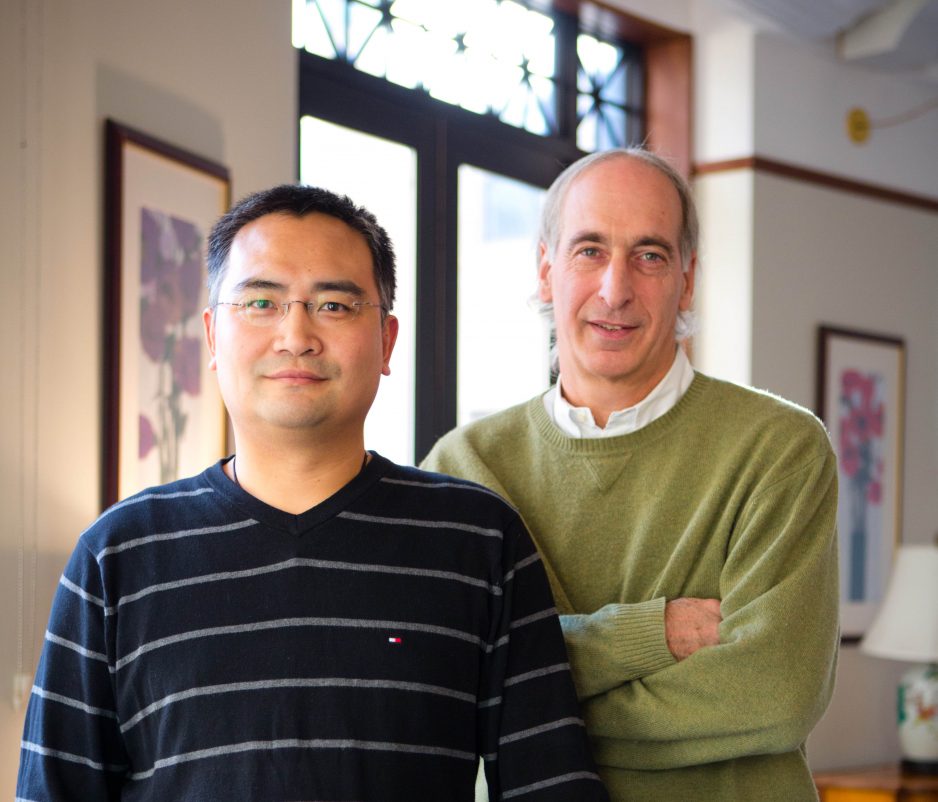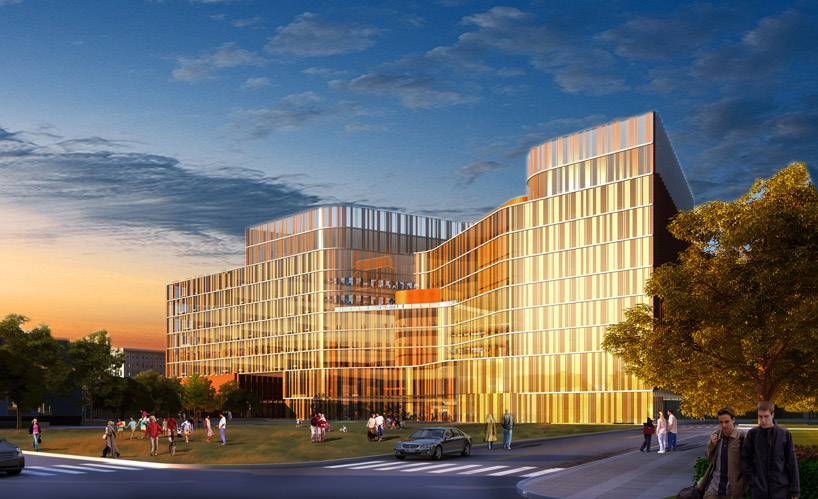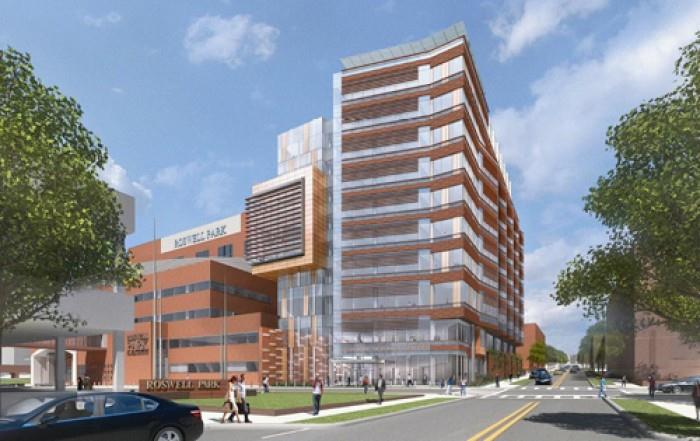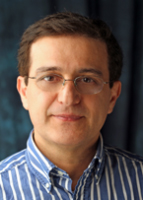For Immediate Release
Contact: Susan Kirkpatrick, skirkpatrick@bnmc-old.local 716-866-8002
Learn at the Innovation Center Opens at the Thomas R. Beecher Jr. Innovation Center on the Medical Campus
First Niagara support adds another tool for start-up businesses
Buffalo, N.Y., December 9, 2015 – The Buffalo Niagara Medical Campus, Inc. (BNMC) has recently opened Learn at the Thomas R. Beecher Jr. Innovation Center on the Medical Campus, designed to provide education and training to entrepreneurs and their growing companies. Learn at the Innovation Center was made possible through a $50,000 two-year grant from First Niagara Bank.
The new classroom-type setting is outfitted with the latest in technology and is designed to create a dynamic learning environment. Located on the first floor of the Innovation Center at 640 Ellicott Street, the 1,500 square foot suite includes a main classroom for up to 30 people and private conference spaces. Learn will be used by the BNMC business development team for its programs and will also be available to other partners that are dedicated to supporting the region’s growing entrepreneurial community. Capstream Technologies provided the audio-visual and digital technology and Mid-City Office Furniture provided the furniture for the new space.
Learn complements the array of amenities currently offered by the BNMC at the Innovation Center that are focused on supporting small and mid-size companies seeking office, wet lab, or research space and support on a month-to-month basis or via longer-term leases. The facility is designed as a “plug and play” set-up whereby tenants enjoy a fully operational menu of office services without having to worry about facilities maintenance issues. Service providers are co-located in the building to provide legal, financial, marketing, and IT support. Tenants also have access to collaborative space, conference rooms, kitchen facilities and a fitness center. Additional workspace also includes dig, a cowork and event space. As the region’s largest local business incubator, the Innovation Center also offers networking events, workshops, educational forums, as well as mentoring and start-up assistance for young companies.
Vic Nole, Director of Business Development for the BNMC commented, “Learn at the Innovation Center now gives us a dedicated place to hold more targeted learning and problem solving forums for companies and individuals that need access to specific business networks and expertise. We are delighted that First Niagara has recognized the value in supporting the creation of this space in a way that will really benefit the start-up community. The Center will be a tremendous complement to the already rich portfolio on the Medical Campus.”
The Innovation Center is the centerpiece of the BNMC’s Business Development office that actively identifies and evaluates new business opportunities, educates and provides mentorship to entrepreneurs, and creates, incubates, and grows new companies in Buffalo.
“First Niagara is very proud to launch Learn at the Innovation Center as a central resource on the Buffalo Niagara Medical Campus to spur entrepreneurship, business development and job growth. The Center will facilitate the collaboration and resource sharing necessary for companies to take root and grow in our city,” said Buford Sears, Regional President, Western New York. “First Niagara’s team of experts will help staff the space to provide financial workshops, cultivate relationships and provide business services needed to develop new companies. We are looking forward to the opportunities Learn will present to increase economic development in Buffalo and build a thriving community.”
Learn will be used primarily for programs offered by the BNMC and its partners including Start Up CEL and Student Sandbox. The facility will also be offered to outside organizations dedicated to the entrepreneurial community. For more information about programs offered though Learn at the Innovation Center, contact Vic Nole at vnole@bnmc-old.local.
About the Buffalo Niagara Medical Campus, Inc. (BNMC)
The Buffalo Niagara Medical Campus, Inc. (BNMC) is a self-sustaining social enterprise successfully combining innovation, job creation, and urban revitalization. It serves as the umbrella organization of the anchor institutions that make up the Buffalo Niagara Medical Campus located within the 120-acre campus bordering Allentown, the Fruit Belt and Downtown. The BNMC fosters conversation and collaboration among its member institutions, its partners and the community to address critical issues impacting them, including entrepreneurship, energy, access and transportation, workforce and procurement, neighborhoods, and healthy communities, with the goal of increasing economic development and building a strong community. bnmc-old.local.

